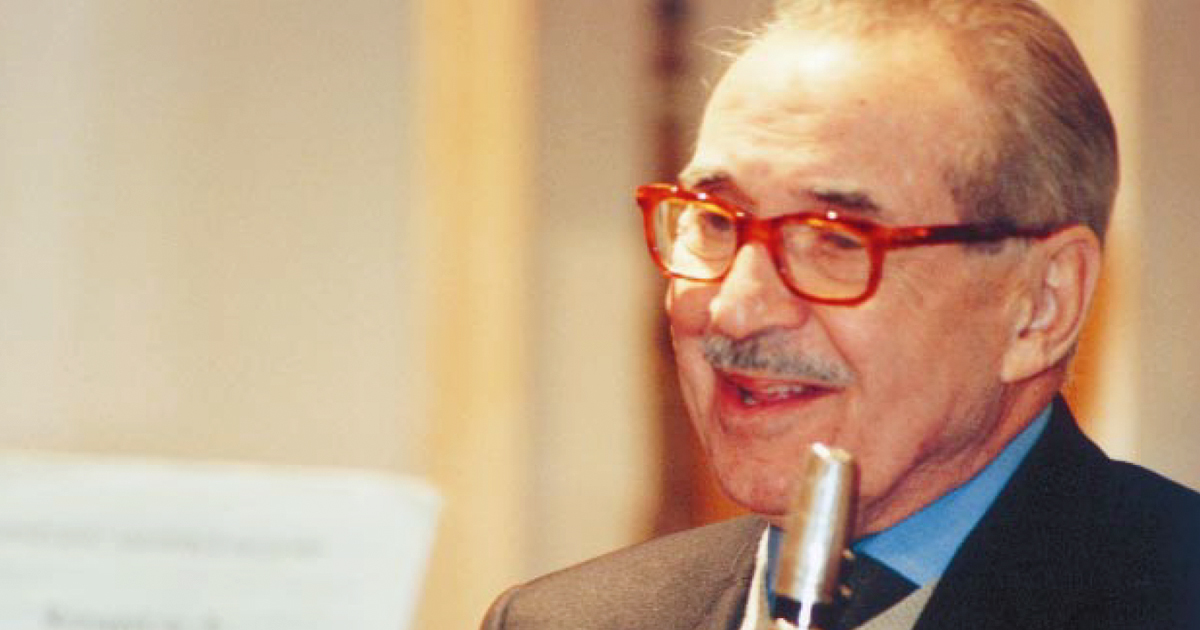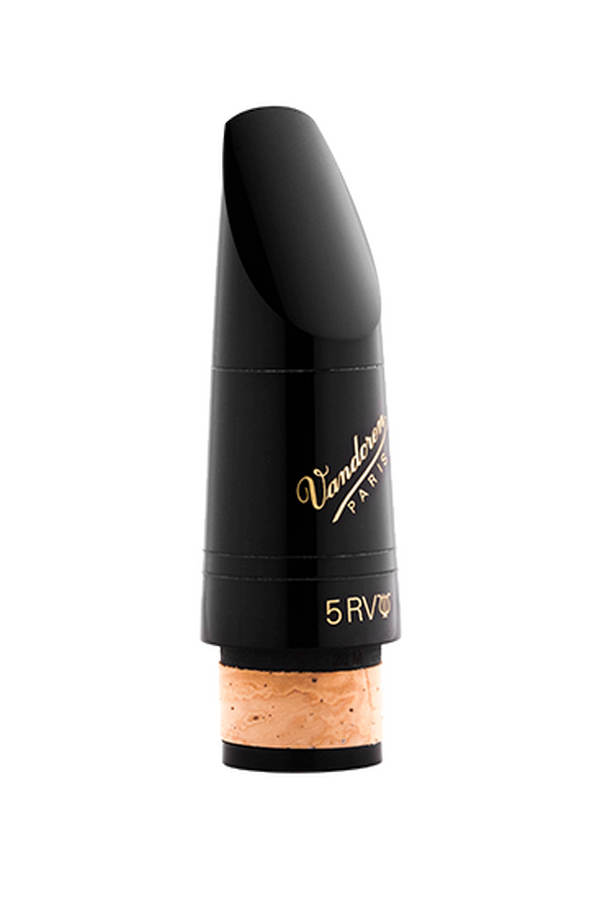David Weber: His Reed Break-In Process
by Vandoren Magazine
Date Posted: July 12, 2017

Originally published to Vandoren Magazine Vol.1 and titled "David Weber: 75 Years of Clarinet" in January 1999.
What are your criteria for choosing a reed?
DW : Each clarinet player has his own particular way of selecting and taking care of the reeds. I think that a lot has to be done to convince yourself that you are in the right frame of mind. From years of experience, when I choose a reed:
- I open a box.
- Take the reeds out.
- Moisten them (either with water or saliva)
- Lay them on glass on the table, near an open window
- I let the reeds acclimatize themselves to the atmosphere that you are in, because not all of us are in the South of France!
- The next day I try the reeds. This way I get a better selection.
I find they are quite accurate according to the strength. Sometimes I have to make a minor adjustment, like reed rush on the upper left hand corner. Not at the tip, but a quarter of an inch back from the tip. If I press the reed with my fourth finger, I notice that generally the reed is a little stiffer and stronger in that particular area. Therefore I lightly remove a little more. I would not say this method necessarily works for everyone as it depends largely on your teeth and your lips.
Adjusting a reed is very personal. If your teeth are higher on the left side, it may be different. Also, if you take a little bit of the tip of the mouthpiece, you may shock the reed against the mouthpiece. If you take more of the mouthpiece and reed in your mouth, more of the reed will vibrate.
I take an ample amount of the reed in my mouth so my embouchure or lips will follow the angle of the mouthpiece. The more I take in my mouth, the more open it will be and I will have a higher palate area, therefore a larger chamber and a better sound.

Personally, I use a typical middle French facing (5RV Lyre). My students have always used Vandoren, because in my mind it is the only mouthpiece brand that has progressed. The best players use it... They have contributed with their ideas, which are wonderfully used by the Vandoren people. It is not just a commercial mouthpiece. It is an artistic endeavor of the company to help the clarinet players.
I know from personal experience that the Vandoren cane is the best. They have the largest fields in the South of France and I have seen them. It is like walking into a forest. Cane reaches to the sky! I saw how the cane is put out in the sun to take on its golden color. At Vandoren they actually do their best to help the clarinet (or saxophone) player.
I am very proud to say, when I was 11 years old, from the very first day that I played the clarinet, I played Vandoren reeds. I remember the teacher giving me reeds out of a large box, with a purple wrapping, the famous Vandoren signature on the slant across the top. I was one of the first in the 20’s to play Vandoren.
Read the full Vandoren Vol. 1 Magazine here.
About David Weber
David Weber, born in Lithuania, came to the United States at the age of eight. Later he was awarded the New York Philharmonic scholarship to study clarinet with Simeon Bellison. David Weber’s career includes virtually every major musical ensemble in New York City : NBC Symphony under Toscanini (1938-39 and 1952-55), Metropolitan Orchestra (1939-42), CBS Symphony (1942-51), Symphony of the Air under Stokowski (1954-57) and New York City Ballet (1964-87). He also taught at the Juillard School. He has recorded much of the clarinet repertoire with New York’s leading musicians including the award-winning recording of Overture on Hebrew Themes with the Carnegie Sextet.